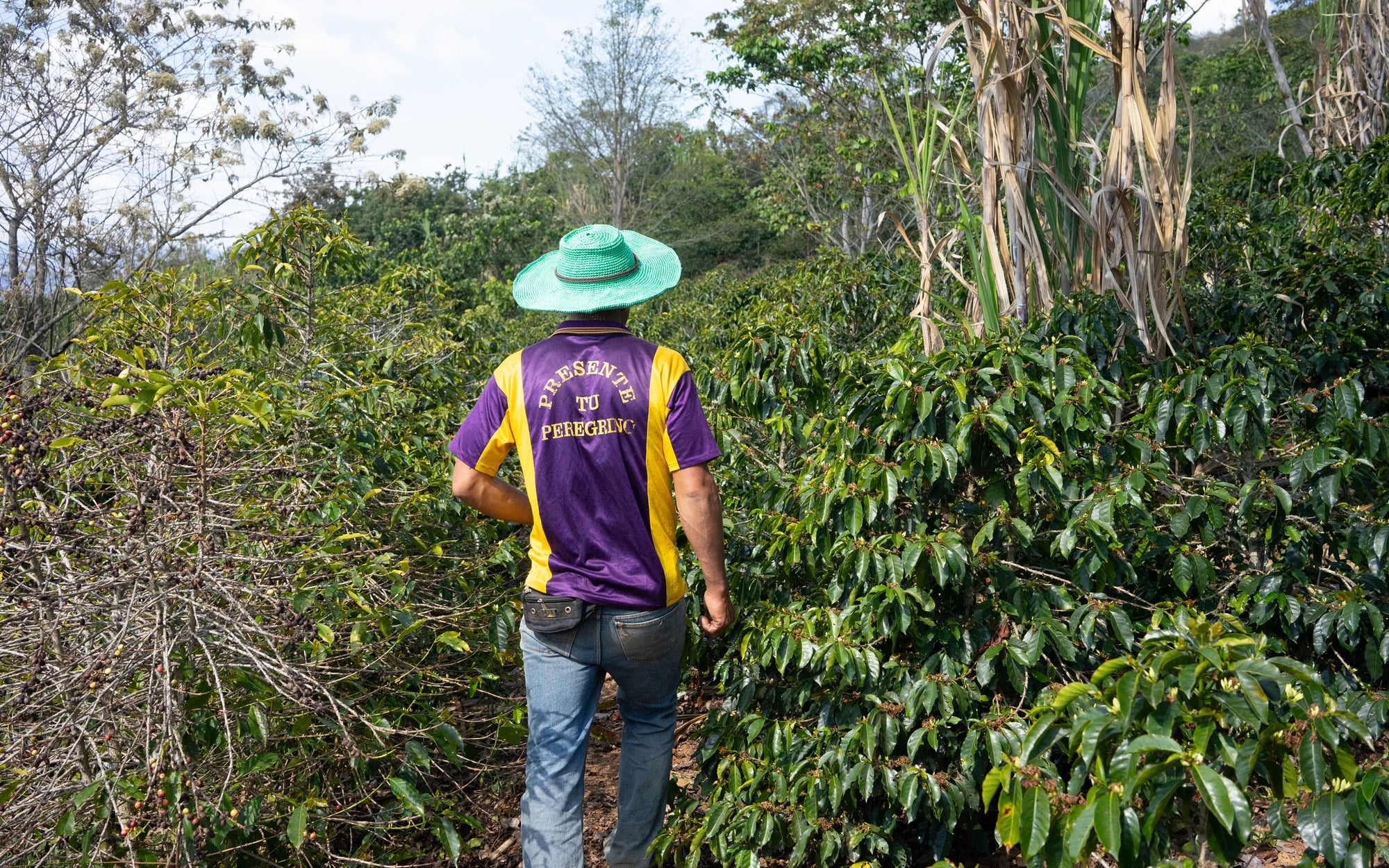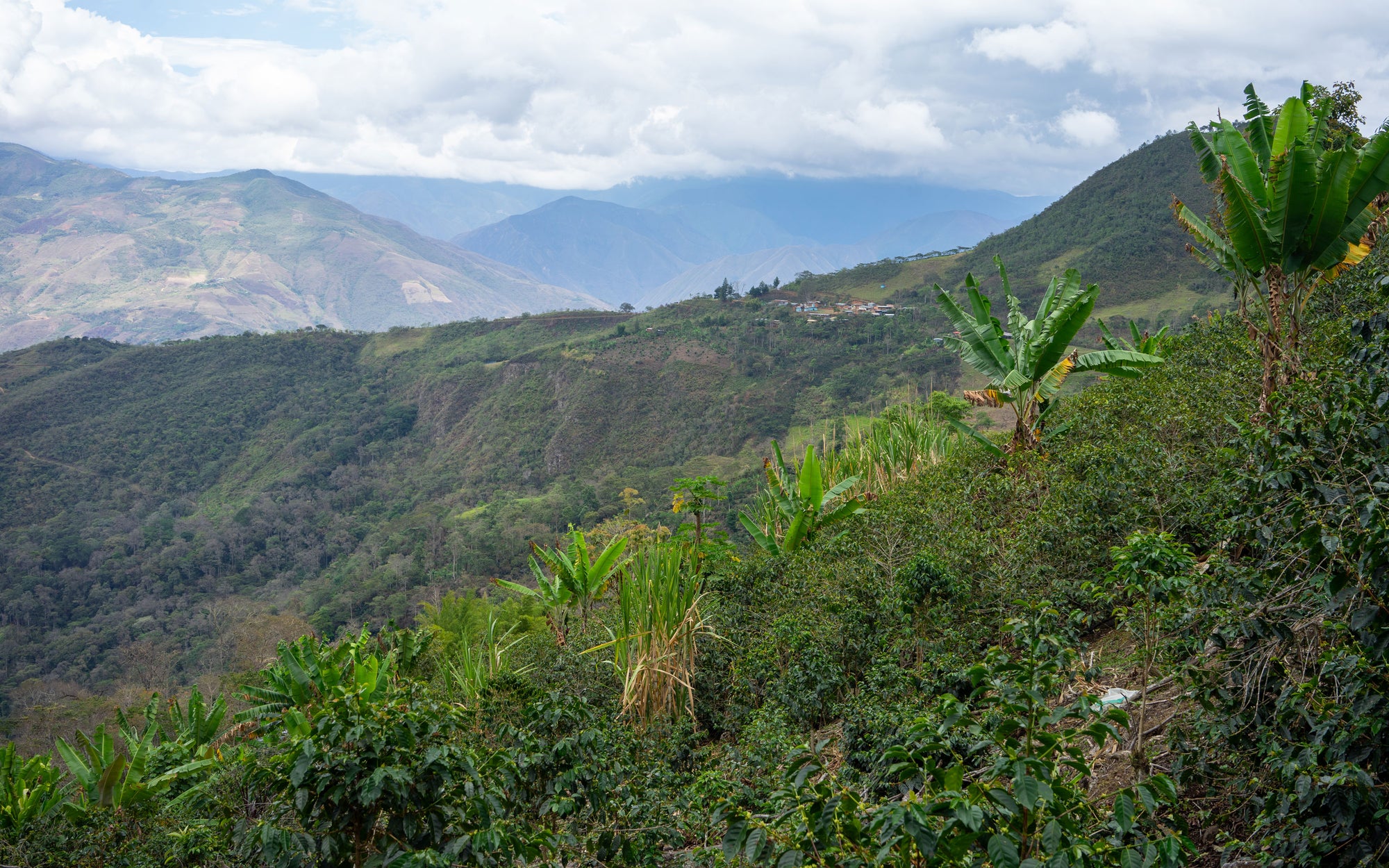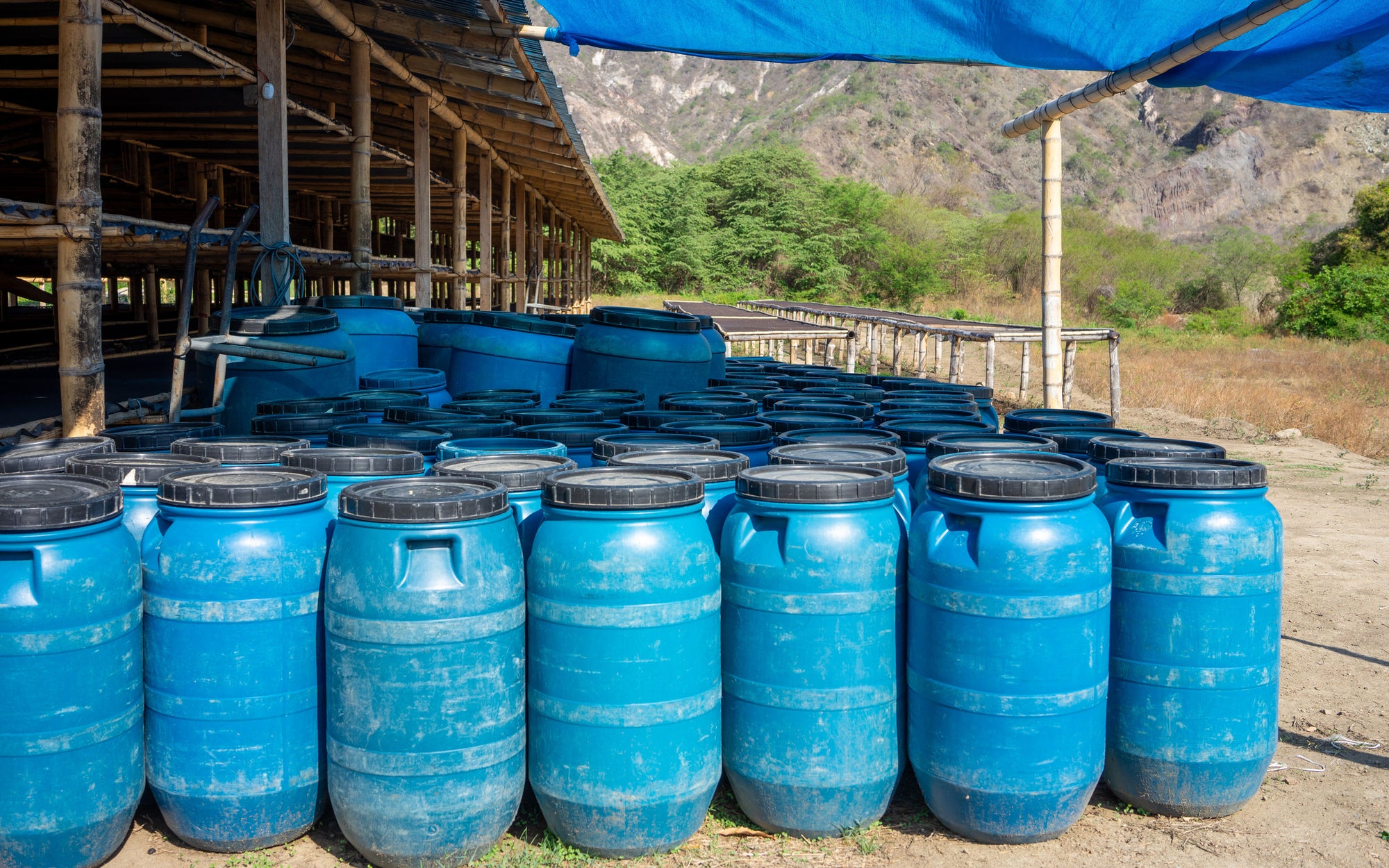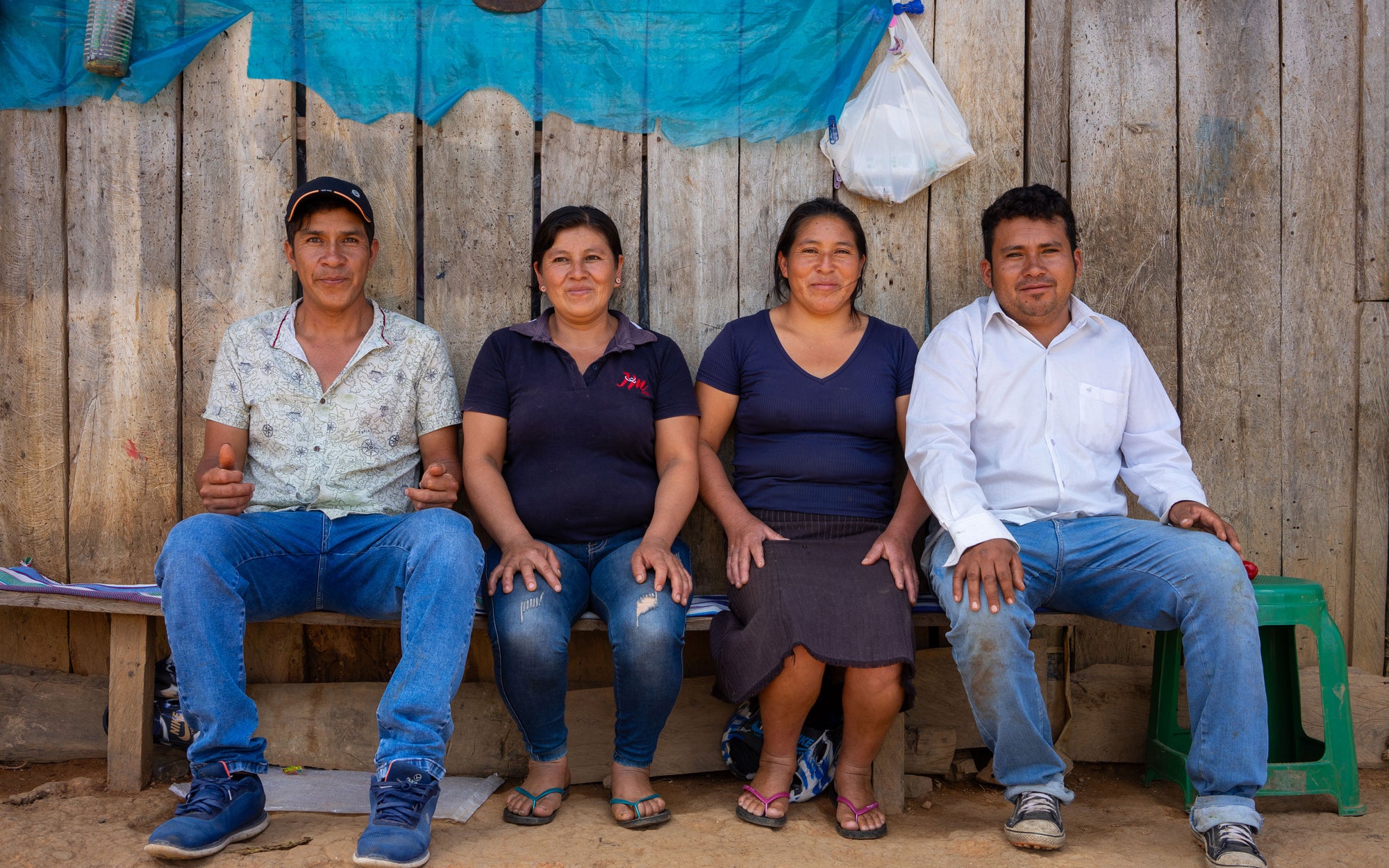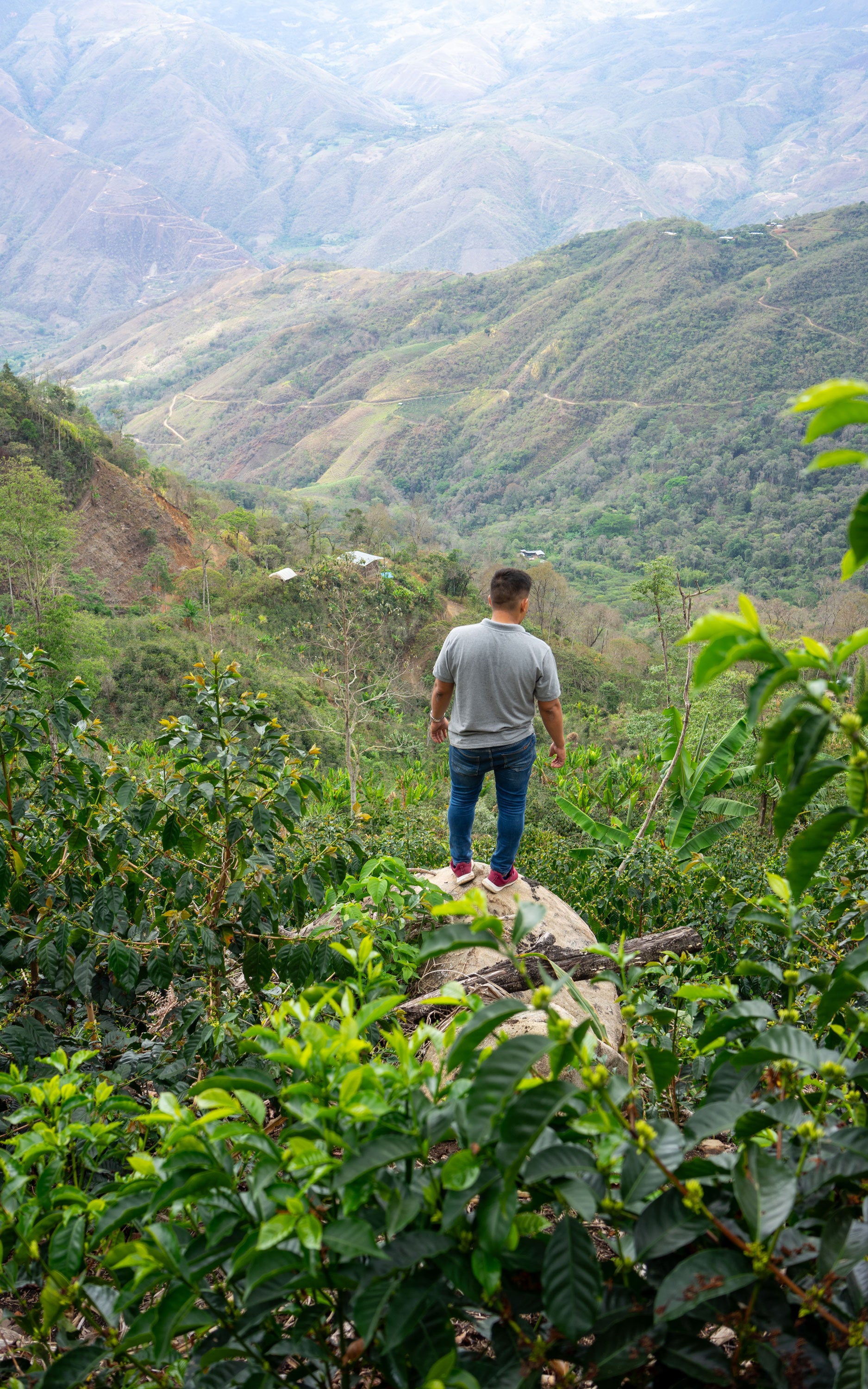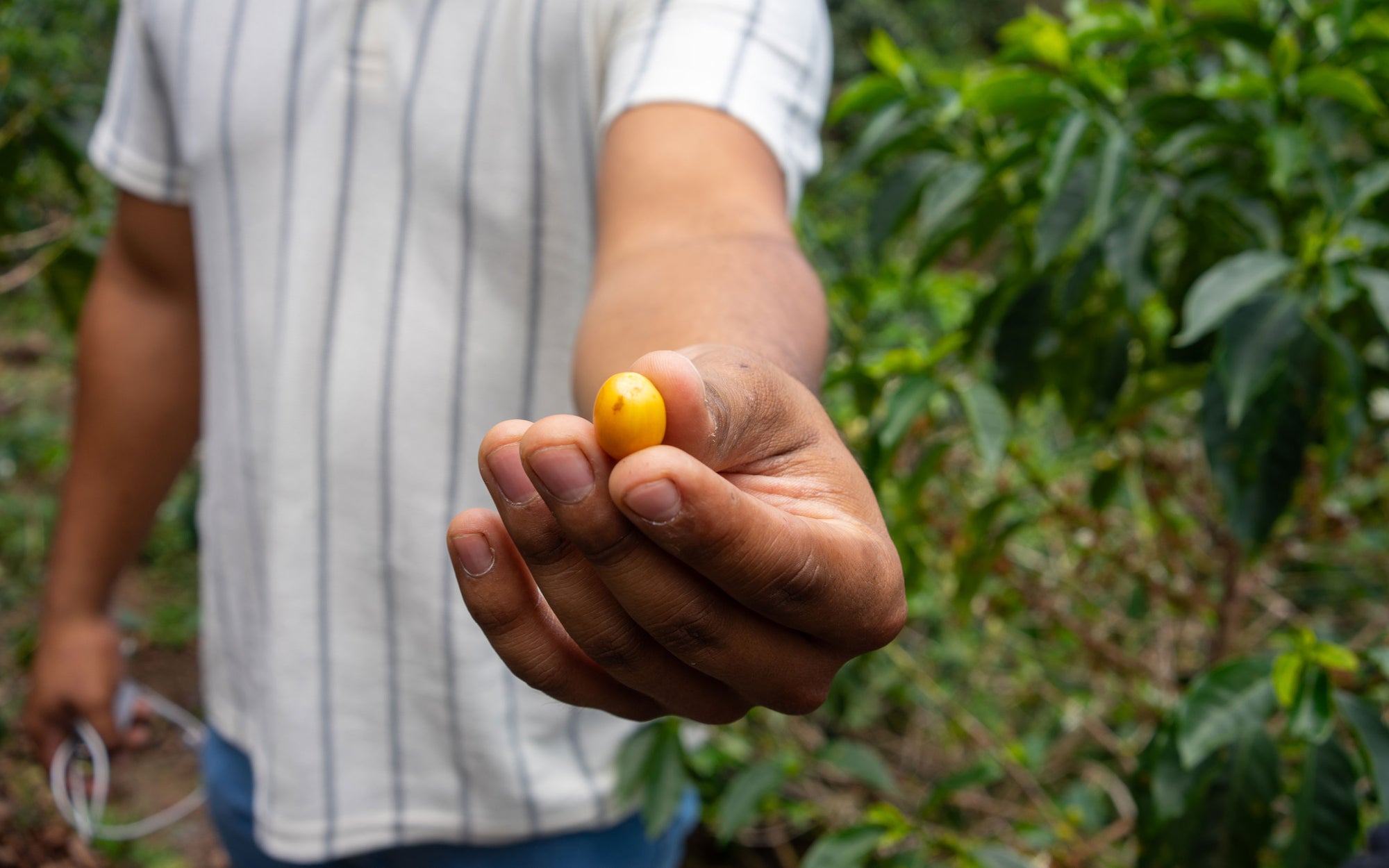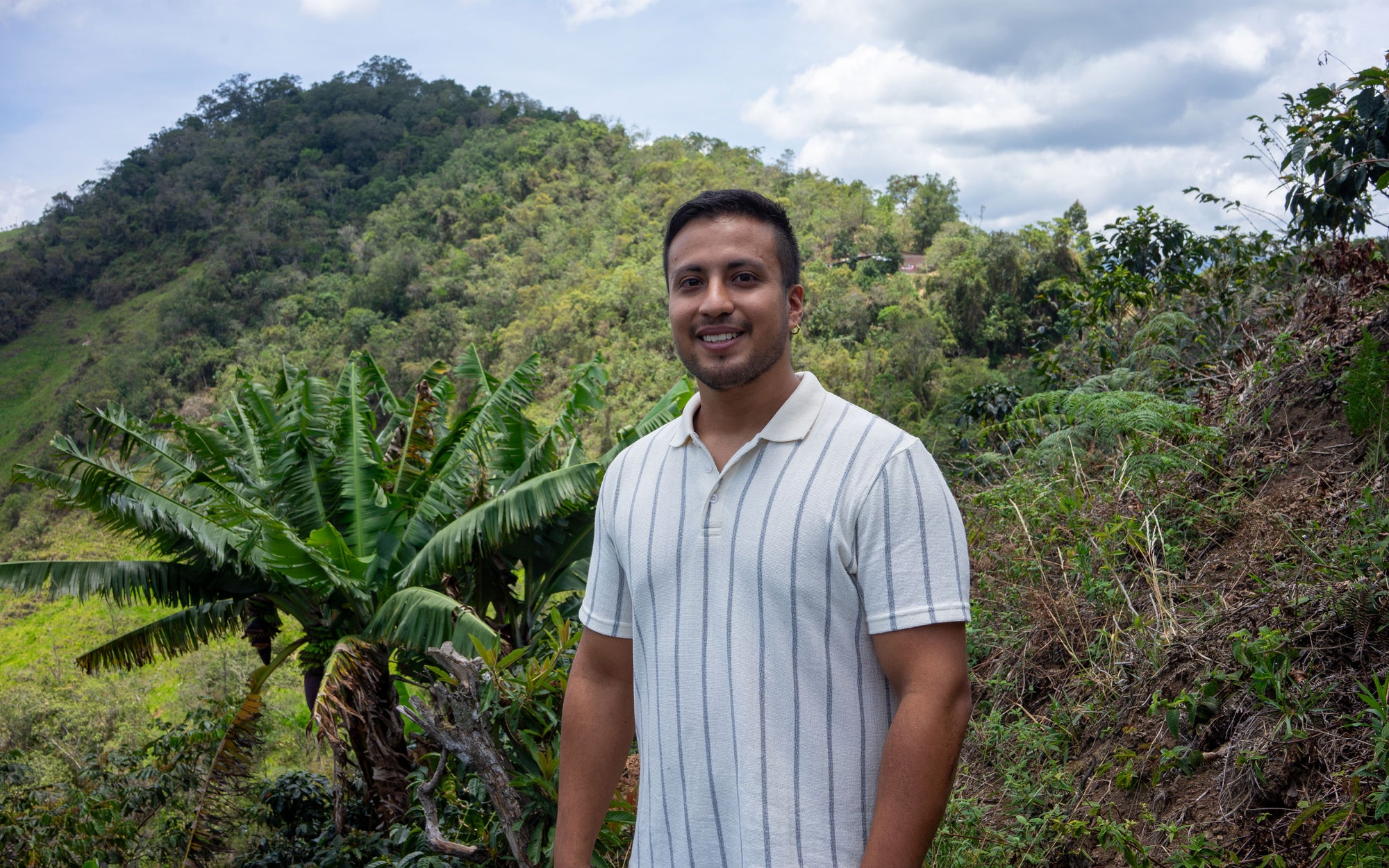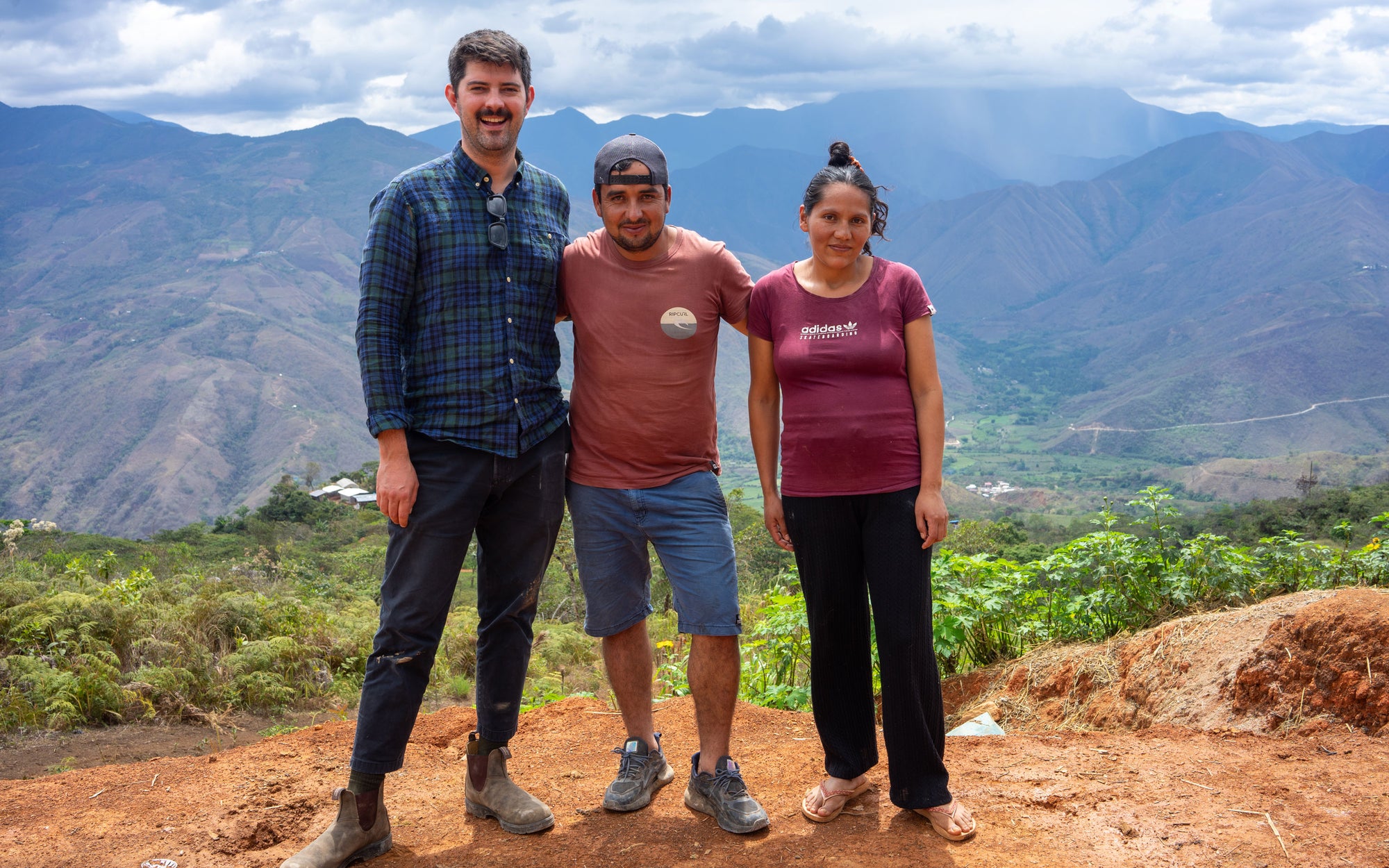A long overdue trip to Peru
I’ve been very keen to go to Peru since we first started buying coffee from there in 2018, but it has taken me until this year to finally make the trip. In the six years we’ve been buying it has become one of the countries we buy the largest volume from, in fact last year it was the biggest. Initially buying from Peru was primarily a way to get freshcrop coffee in the Winter at a time that we were struggling to fill a gap in our calendar. We had built our Unit 14 programme around coffees with a certain profile that was hard to find in the winter, fresh crop Peruvian coffees landing in the UK when they did made them a perfect fit.
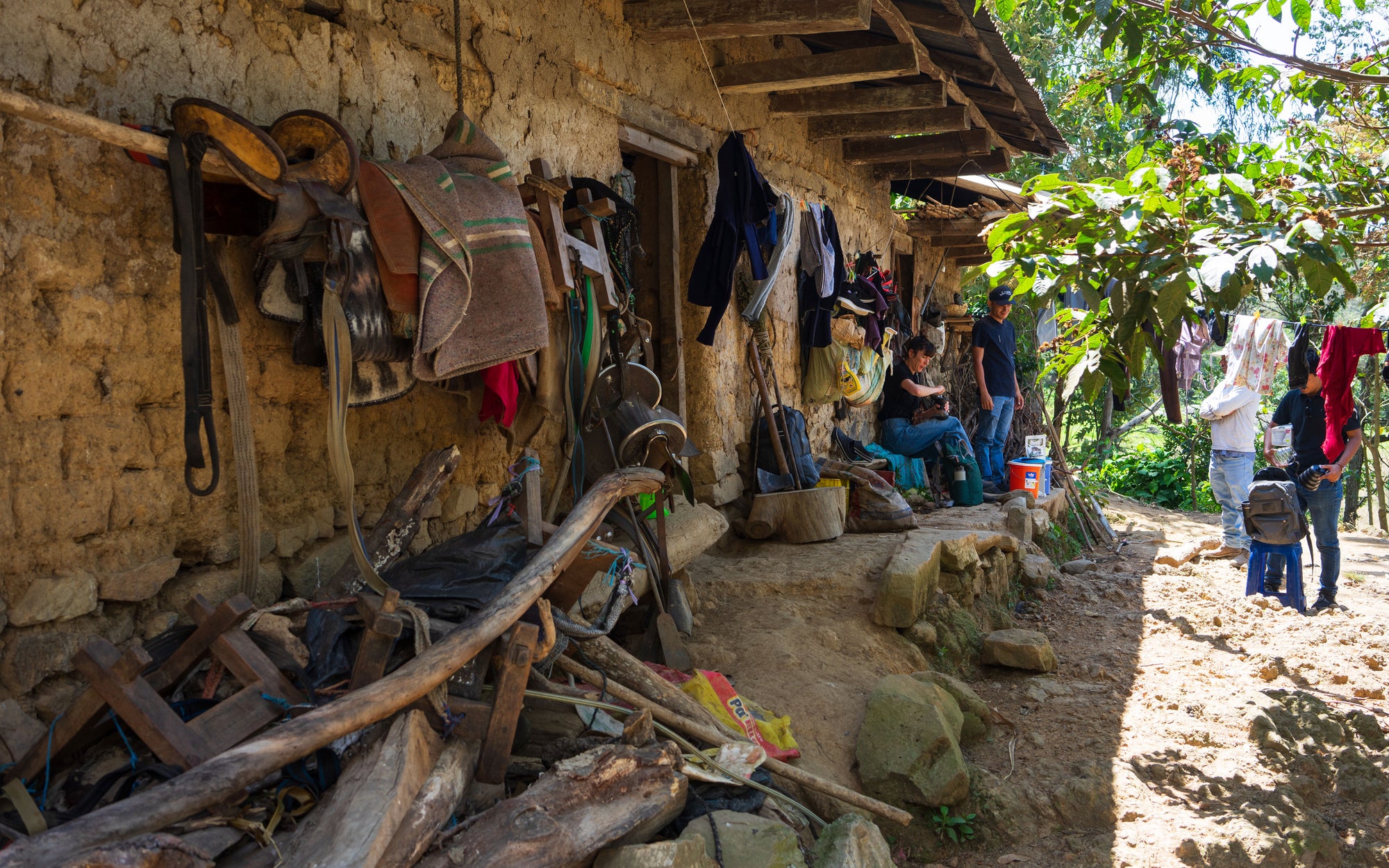

I remember cupping those first samples and tasting the profile that’s since become so familiar, loads of milk chocolate, berry sweetness, comforting and delicious. Unlike the other Unit 14 coffees, this coffee was a community blend from 27 smallholders titled Estrella Divina. The project was started by an exporter called Origin Coffee Lab in 2017 the year before we started buying. We were also the first buyers of Estrella Divina in the UK so we feel very invested in the project!
The reason behind our visit
The main purpose of this trip was really to make our buying in Peru more in line with our buying in Honduras, Colombia and Brazil, where we buy large volumes from one key producer but also microlots from that same producer and surrounding ones. In Peru up until now we’ve pretty much just bought the community lot Estrella Divina whereas with Caballero in Honduras, Juan Saldarriaga in Colombia or Fazenda Jaguara in Brazil we really buy in a way that highlights the full spectrum of their output. We’re hoping after this trip we are really starting to build on our buying in Peru, first through genuine connection and understanding but also through interesting and delicious coffees!
Visiting an exporter rather than a farm
This trip was about building a fuller understanding and strengthening our supply chain in Peru. It is of paramount importance to us as a business to learn as much as we can about the people we work with and to make sure every link in the journey of coffees we buy is fair and equitable. That’s why we are committed to visiting the producers we buy from regularly as regularly as possible. The majority of the coffee we source tends to be purchased by a farmer/ farm owner with their own export license, but here in Peru that isn’t the case. Generally the model in Peru is farmers sell parchment to an exporter who then mills and sorts the coffee into lots and importers and roasters primarily only deal with the exporter. It’s essentially small holder farmers pooling their coffees together into community lots and for me it was important to understand that structure and essentially get to know the people we were buying from better, ultimately to understand as much as possible so we could hopefully do a better job of representing their coffees. We are hoping over time to buy more volume but also hopefully meet some individual farmers who we can buy microlots from and in the future.
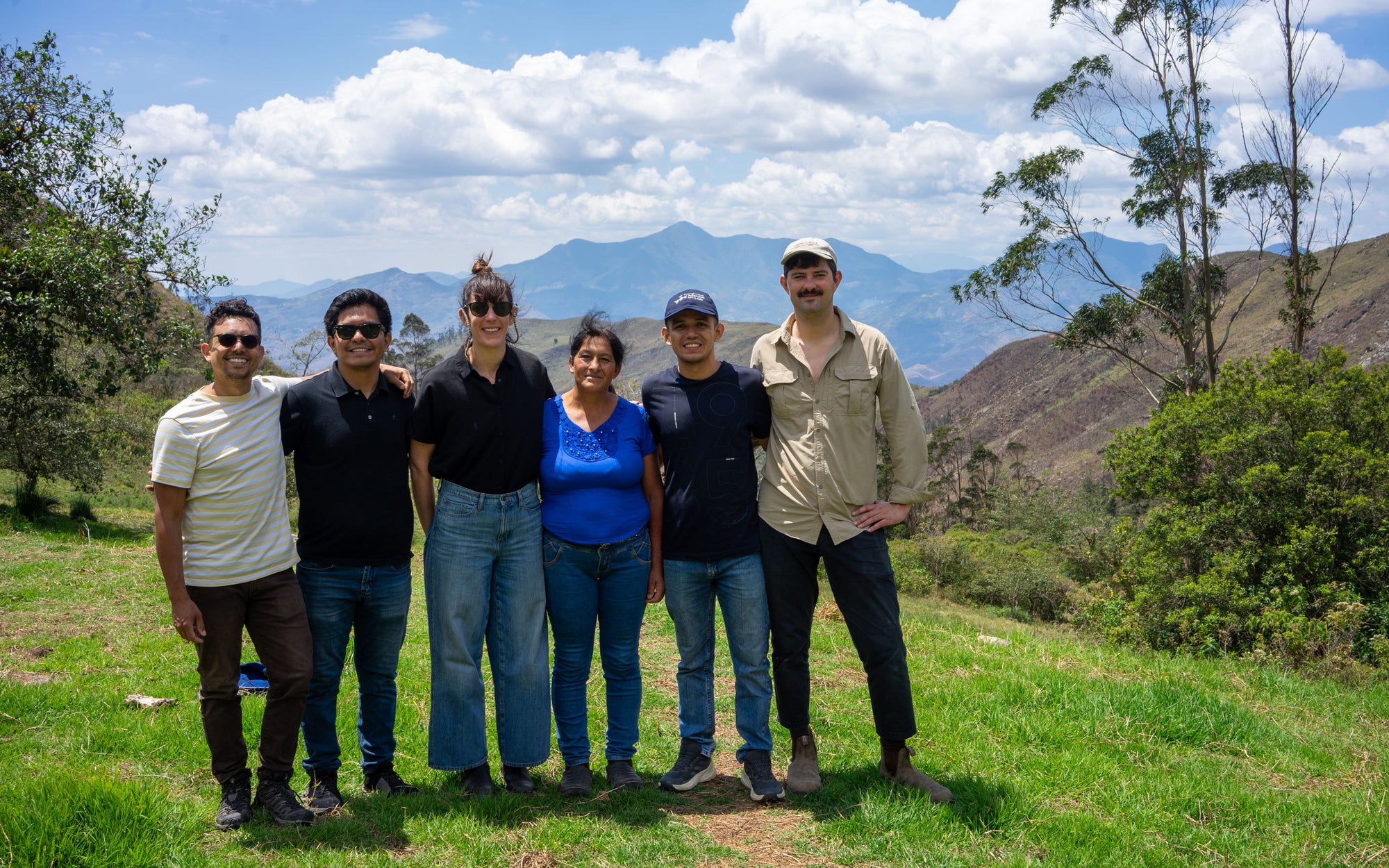

Starkly different altitudes and microclimates
Probably the most striking thing I noticed about Peru was the stark contrast in climate within one country. It showed me a clear example of how different microclimates can be from the environments around them and also a clear example of how big an effect altitude has on climate. All of the western coastal side of Peru is desert, a landscape type that I haven’t come to associate with coffee growing. All of my previous trips to coffee growing regions have been to places that are lush and full of vegetation. Here the differences were so drastic, in Lima it was 17 degrees, then 1000km away in Jaén it was 35 degrees, from there into the mountains where it drops back down to 23-26 degrees. It’s this very stark contrast between rock and brown desert and temperatures sometimes in excess of 40 degrees then climbing up one big mountain and you're in a much cooler, greener, tropical climate. I haven’t experienced it where it’s that striking before, I found it quite a shock.
A disconnected coffee industry
On most of my coffee buying trips to places like Colombia you end up visiting these larger coffee buying towns or cities where the coffee industry there has grown a fairly substantial local economy and in those environments you're surrounded by coffee, buyers, sellers, farmers and exporters. But in Jaén it really wasn’t like that, you can’t see any coffee around you, there are these big businesses but not the hustle and bustle of other coffee towns I’ve visited and the farmers themselves were for the most part not there. It compounded that disconnect between grower and buying, the chain of people that coffee has to go through is really noticeable. Say we were in Huila in Colombia, it doesn’t take the producers that long to come into town and visit the exporter, whereas the producers we visited in Peru it took us two and a half hours in a car, a lot of these smallholders will travel into town with their coffee on a mule or a donkey, so that two and a half hours is more like a days travel by foot. So they’re very cut off.
It compounded that disconnect between grower and buying, the chain of people that coffee has to go through is really noticeable. Say we were in Huila in Colombia, it doesn’t take the producers that long to come into town and visit the exporter, whereas the producers we visited in Peru it took us two and a half hours in a car, a lot of these smallholders will travel into town with their coffee on a mule or a donkey, so that two and a half hours is more like a days travel by foot. So they’re very cut off.
The industry there has a big gap, a lot of the exporters we met were really young, mostly in their mid twenties and a lot of the producers we met were in their mid fifties there’s such a reliance on the exporter, more than I’m used to.
The exporters that are connecting it
The industry there has a big gap, a lot of the exporters we met were really young, mostly in their mid twenties and a lot of the producers we met were in their mid fifties, there’s such a reliance on the exporter, more than I’m used to. It’s a very big country, Peru, and there are producers that are just living very remotely. All of the producers we met were travelling into the town to visit the exporters and cupping their own coffees, and it goes to show that while it feels really disconnected it’s actually not. A lot of that connectivity comes from the work the exporters are doing, especially people like Origin Coffee Lab, it's something we hope to learn more about and get more involved in in the years to come.
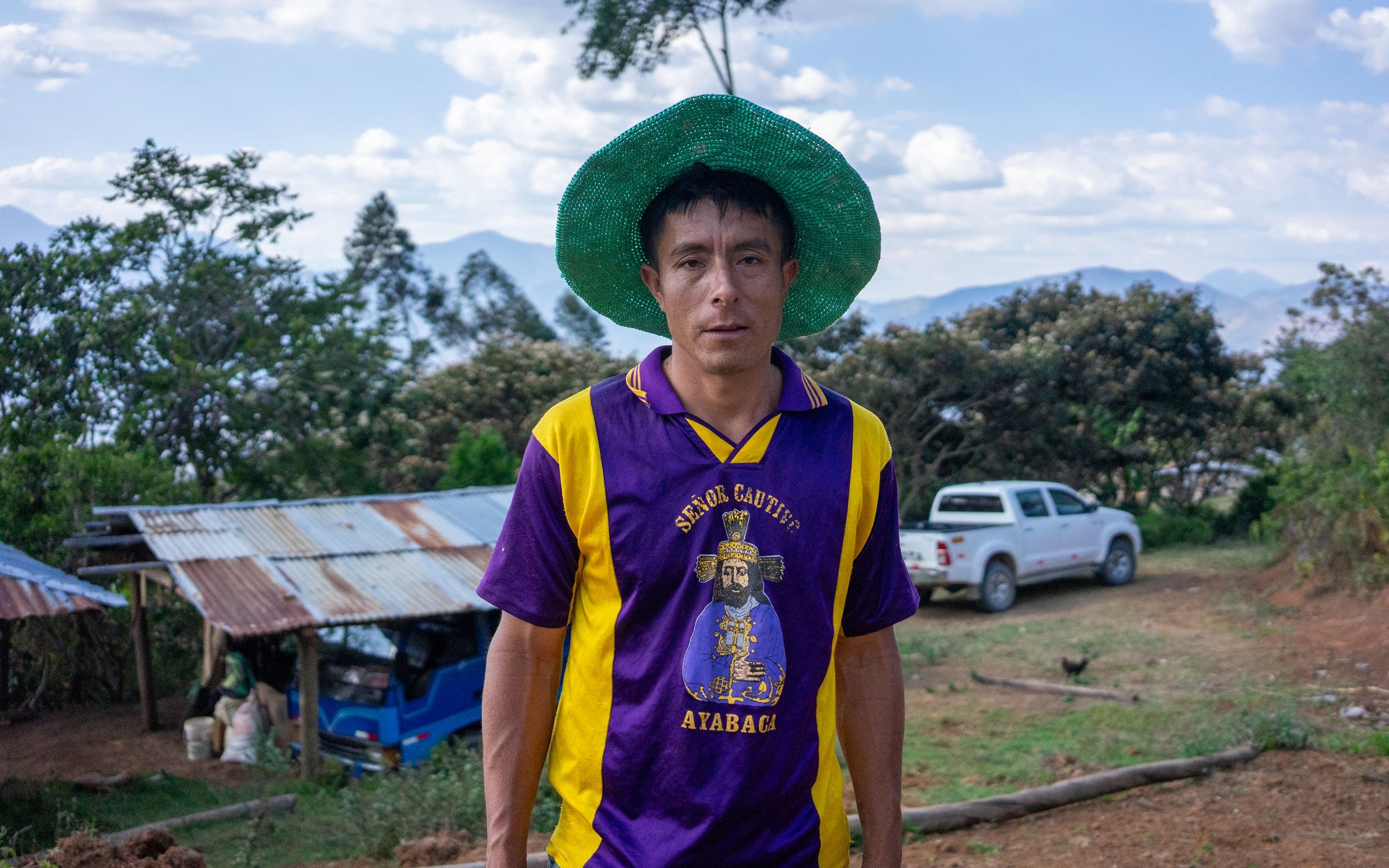

Exciting new relationships, exciting new coffees
We’ve reserved five or six lots from this trip, all from the San Ignacio region, five which are from individual smallholder farmers, one of which is a community natural blend. Whether they arrive or not is to be confirmed, we’ve shown interest in these coffees and hopefully they’ll be available to us but at the moment due to the nature of our buying relationships we’re not entirely sure if they’ll be available to us. This trip really wasn’t about purchasing it was about learning but hopefully we’ve started to build a stronger platform and now going back to Peru in the future with a greater understanding of how the industry works there.
